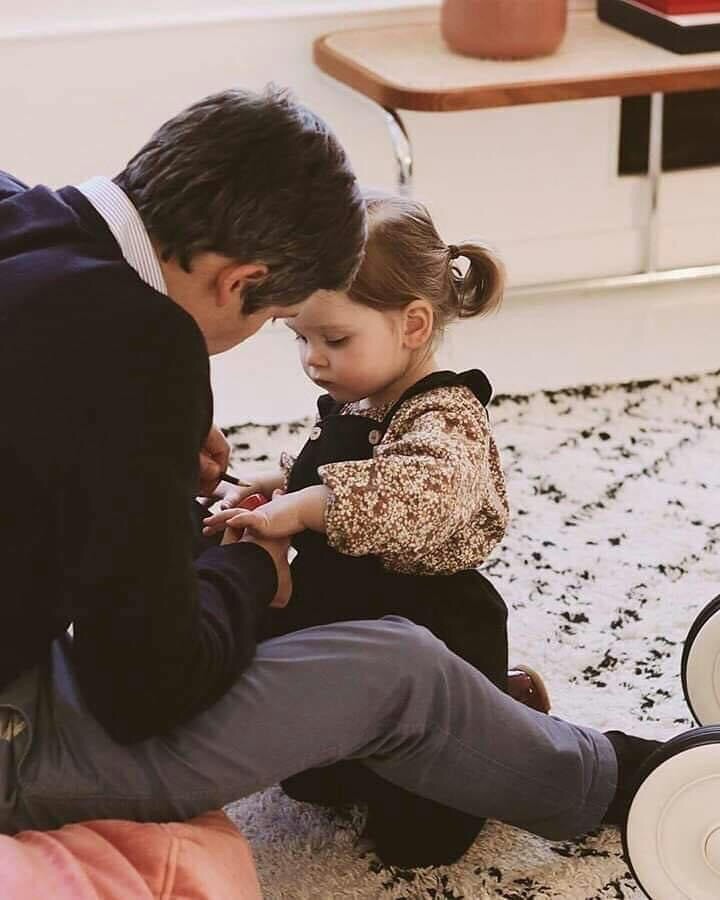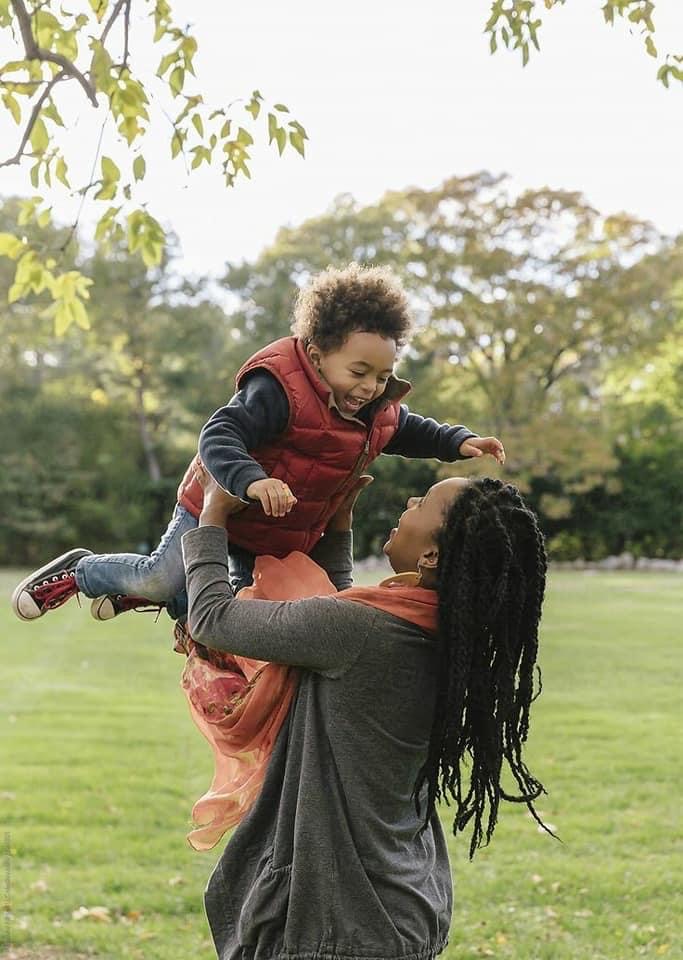Posts Tagged ‘divorce and kids’
Understanding the Difference Between Coparenting and Parallel Parenting
Of all the complexities, strategies, and obligations involved in a divorce, none are as important as those involving children. The ability (or inability) of the parting couple to put their children above their own grievances is critical to the final arrangement. It’s also the essential difference between coparenting and parallel parenting. Custody arrangements script more…
Read MoreBest Advice on Custody for Divorcing Moms
Determining child custody can be the most challenging aspect of the divorce process. It’s important to know the facts in order to take the necessary steps to achieve what’s best for you and your children. Speak with your attorney about your options and how best to position yourself during this challenging time. Gathering key legal…
Read More

